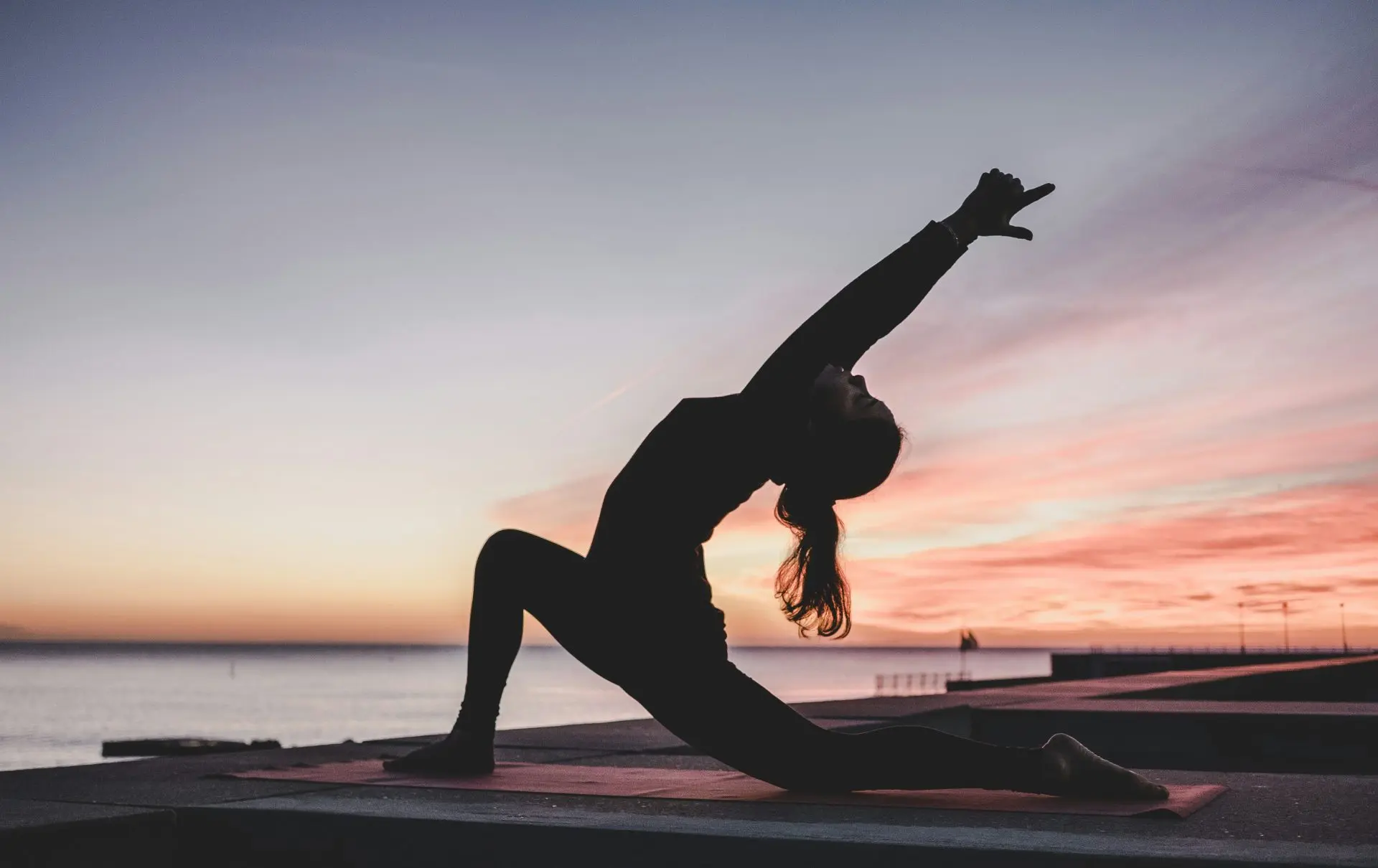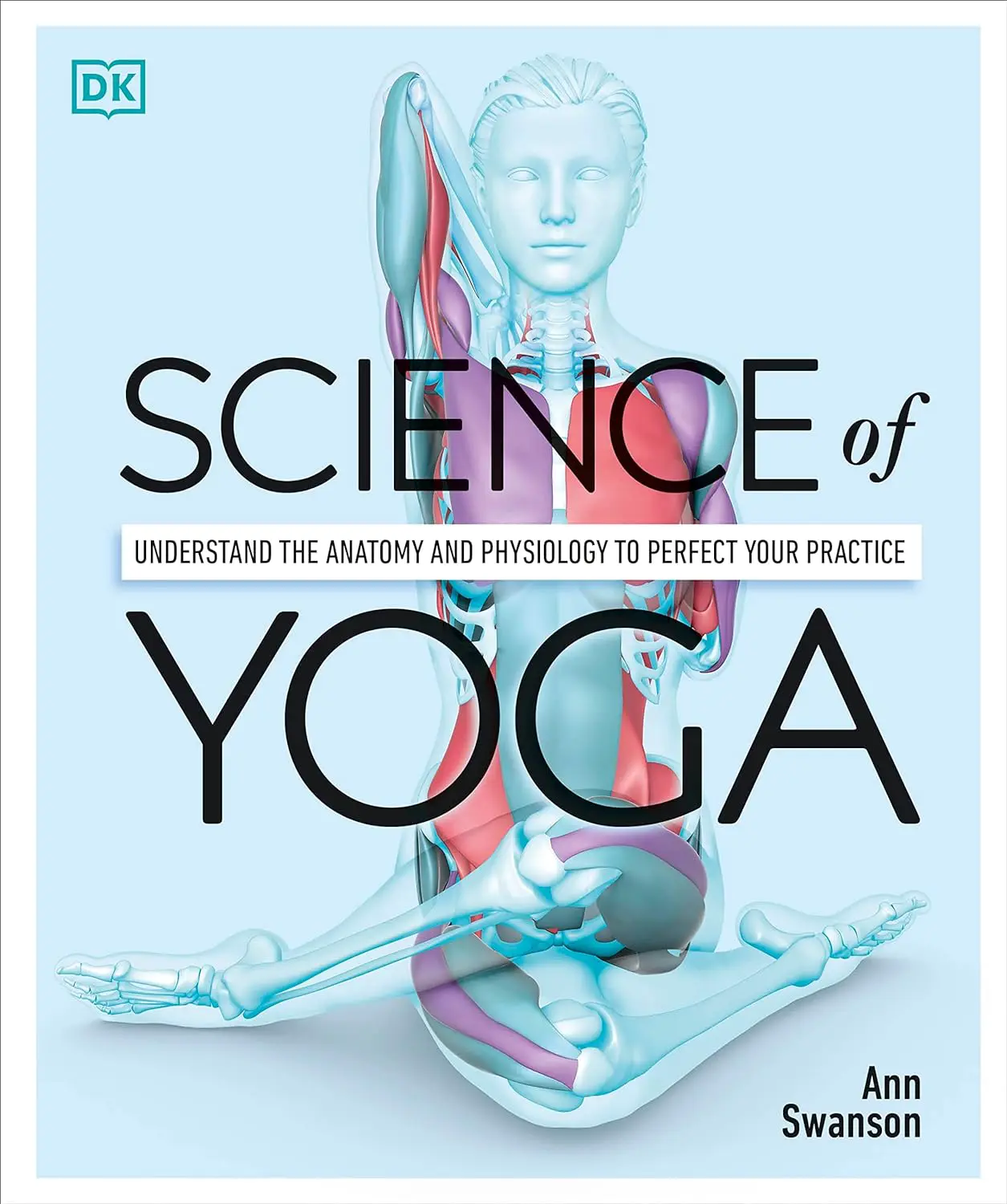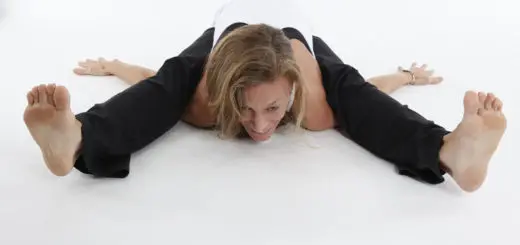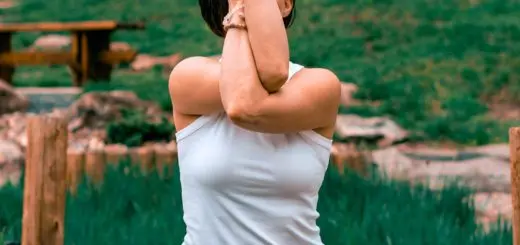Pranayama: Harnessing the Power of Breath

Before diving in, please note: This post is for informational purposes only. If you’d like to know more about how we approach topics, feel free to check out our friendly Disclaimer Page.
Hey there, amazing readers! 
We’re committed to delivering quality posts, and your support (even just sticking around despite the ads) means everything to us. So, bear with us, and thanks for helping us keep the good vibes rolling. Now, on to the fun stuff!
TRANSLATE BUTTON AT THE END OF THE ARTICLE
A Quick Overview
Pranayama, an ancient yogic practice, focuses on harnessing the power of breath to improve physical and mental well-being. This practice involves various breathing techniques that have been passed down through generations, originating from the rich tradition of yoga. Pranayama is not just about breathing exercises; it is a holistic approach to balancing the mind, body, and spirit. In this article, we will delve into the history, benefits, techniques, precautions, and ways to incorporate Pranayama into your daily routine to experience its transformative effects.
Introduction to Pranayama
Pranayama is a Sanskrit word that translates to "extension of the life force" or "breath control." It is one of the eight limbs of yoga, as outlined in the Yoga Sutras of Patanjali. This practice involves conscious regulation of the breath through various techniques to achieve a state of harmony and balance within the body. By practicing Pranayama, individuals can tap into the vital energy (prana) that flows through the body, allowing for a deeper connection to oneself and the surrounding world.
History and Origins of Pranayama
The origins of Pranayama can be traced back to ancient India, where it was first mentioned in the Vedas, the oldest scriptures of Hinduism. The practice of controlling the breath has been a fundamental aspect of yogic traditions for thousands of years. It is believed that Pranayama was developed as a way to purify the body and prepare it for meditation. Over time, various schools of yoga have developed their own unique Pranayama techniques, each with specific benefits and effects on the mind and body.
Benefits of Practicing Pranayama
The benefits of practicing Pranayama are manifold and encompass both physical and mental well-being. Some of the key advantages include:
- Stress relief: Pranayama helps calm the mind and reduce stress and anxiety levels.
- Improved lung function: By focusing on deep breathing, Pranayama can enhance lung capacity and oxygenation of the body.
- Enhanced concentration: Regular practice of Pranayama improves focus and concentration levels.
- Boosted immunity: The rhythmic breathing patterns of Pranayama can strengthen the immune system.
- Balanced energy levels: Pranayama helps regulate the flow of prana in the body, leading to increased vitality and energy.
Different Types of Pranayama Techniques
There are numerous Pranayama techniques, each with its own specific purpose and benefits. Some of the most commonly practiced techniques include:
- Nadi Shodhana (Alternate Nostril Breathing): A balancing technique that helps purify the energy channels in the body.
- Ujjayi Pranayama (Victorious Breath): Involves deep breathing with a slight constriction in the throat, producing a soothing sound.
- Kapalabhati (Skull Shining Breath): A cleansing technique that involves forceful exhalations to rid the body of toxins.
- Bhramari Pranayama (Bee Breath): Involves producing a humming sound while exhaling to calm the mind and nervous system.
How to Perform Basic Pranayama Exercises
To begin your Pranayama practice, find a quiet and comfortable space where you can sit with your spine erect. Follow these steps to perform basic Pranayama exercises:
- Deep breathing: Inhale deeply through your nose, expanding your belly, then exhale slowly through your nose.
- Nadi Shodhana: Close your right nostril with your thumb and inhale through your left nostril, then close the left nostril and exhale through the right nostril. Repeat on the other side.
- Ujjayi Pranayama: Inhale slowly through your nose, constricting the back of your throat to create an oceanic sound, then exhale with the same constriction.
Advanced Pranayama Practices
For those looking to deepen their Pranayama practice, advanced techniques offer a more profound exploration of breath control. Some advanced Pranayama practices include:
- Sitali Pranayama: Involves inhaling through a rolled tongue or pursed lips to cool the body and calm the mind.
- Bhastrika Pranayama: A rapid breathing technique that increases oxygen flow and energizes the body.
- Sheetali Pranayama: Involves inhaling through the rolled tongue or pursed lips to cool the body and calm the mind.
- Surya Bhedana Pranayama: Inhale through the right nostril and exhale through the left to activate the solar energy in the body.
Common Misconceptions About Pranayama
Despite its numerous benefits, there are some common misconceptions about Pranayama that deserve clarification. One of the most prevalent myths is that Pranayama is solely about breathing exercises. In reality, Pranayama is a holistic practice that encompasses breath control, meditation, and mindfulness. Another misconception is that Pranayama is only for advanced yoga practitioners. Anyone, regardless of their experience level, can benefit from incorporating Pranayama into their daily routine.
Precautions and Considerations When Practicing Pranayama
While Pranayama is generally safe for most individuals, there are some precautions to keep in mind when practicing:
- Start slowly: Begin with basic Pranayama exercises and gradually progress to more advanced techniques.
- Listen to your body: If you experience dizziness, shortness of breath, or discomfort, stop practicing immediately.
- Avoid forceful breathing: Pranayama should be gentle and controlled, never forced or strained.
- Consult a healthcare provider: If you have any underlying medical conditions, consult your healthcare provider before beginning a Pranayama practice.
Incorporating Pranayama Into Your Daily Routine
To experience the full benefits of Pranayama, it is essential to incorporate it into your daily routine. Here are some tips for making Pranayama a regular practice:
- Set aside time: Dedicate a specific time each day for your Pranayama practice, whether it’s in the morning or before bed.
- Create a peaceful environment: Choose a quiet space free from distractions where you can focus on your breath.
- Be consistent: Consistency is key to reaping the benefits of Pranayama, so make it a daily habit.
- Combine with yoga: Pair your Pranayama practice with yoga asanas for a more holistic approach to well-being.
Pranayama and Its Impact on Mental Health
Pranayama has a profound impact on mental health, helping to reduce stress, anxiety, and depression. By focusing on the breath, individuals can calm the mind, improve focus, and cultivate a sense of inner peace. The rhythmic breathing patterns of Pranayama activate the parasympathetic nervous system, which promotes relaxation and reduces the body’s stress response. Incorporating Pranayama into your daily routine can lead to increased emotional resilience, heightened awareness, and a greater sense of well-being.
Pranayama for Physical Well-being
In addition to its mental health benefits, Pranayama also offers numerous advantages for physical well-being. Deep breathing techniques improve lung function, increase oxygenation of the blood, and boost overall vitality. Regular practice of Pranayama can help lower blood pressure, improve digestion, and enhance immunity. By incorporating Pranayama into your daily routine, you can experience improved physical health, increased energy levels, and a greater sense of balance and harmony in the body.
Conclusion: Embracing the Power of Breath Through Pranayama
Pranayama is a powerful practice that offers a wealth of benefits for both the mind and body. By harnessing the power of breath, individuals can tap into their inner vitality, cultivate mindfulness, and achieve a state of balance and harmony. Whether you are new to yoga or a seasoned practitioner, integrating Pranayama into your daily routine can have a transformative impact on your overall well-being. Start with basic breathing exercises, gradually explore more advanced techniques, and experience the profound effects of Pranayama in your life. Embrace the power of breath and unlock the secrets of Pranayama for a healthier, happier you.

The Enlightenment Journey is a remarkable collection of writings authored by a distinguished group of experts in the fields of spirituality, new age, and esoteric knowledge.
This anthology features a diverse assembly of well-experienced authors who bring their profound insights and credible perspectives to the forefront.
Each contributor possesses a wealth of knowledge and wisdom, making them authorities in their respective domains.
Together, they offer readers a transformative journey into the realms of spiritual growth, self-discovery, and esoteric enlightenment.
The Enlightenment Journey is a testament to the collective expertise of these luminaries, providing readers with a rich tapestry of ideas and information to illuminate their spiritual path.
Our Diverse Expertise
While our primary focus is on spirituality and esotericism, we are equally passionate about exploring a wide range of other topics and niches 

To ensure we provide the most accurate and valuable insights, we collaborate with trusted experts in their respective domains 
Our blog originally focused on spirituality and metaphysics, but we’ve since expanded to cover a wide range of niches. Don’t worry—we continue to publish a lot of articles on spirituality! Frequently visit our blog to explore our diverse content and stay tuned for more insightful reads.


































































